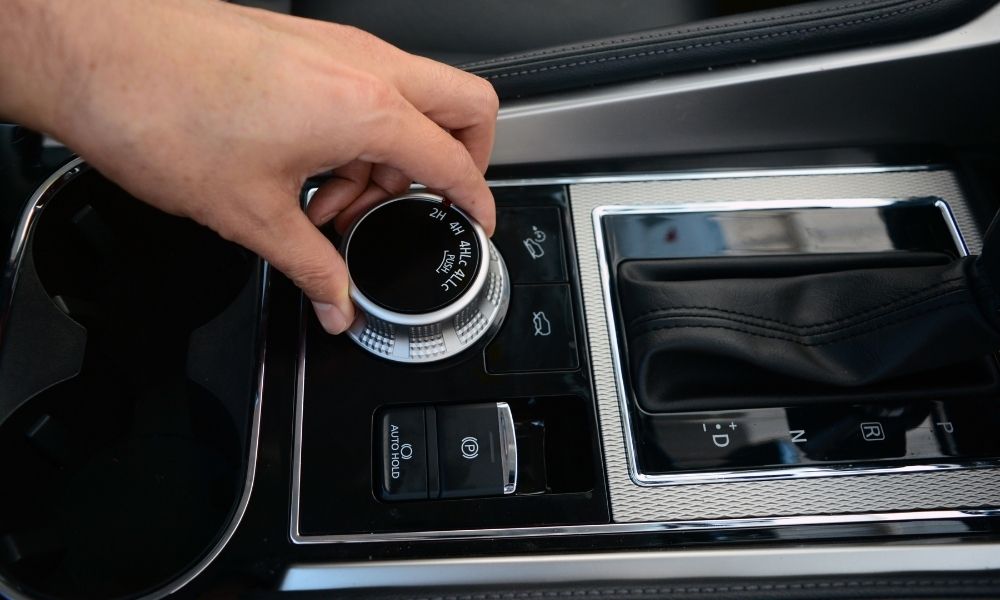How a Two-Wheel Drive Is Different From a Four-Wheel Drive

If you’re looking into buying a car, you’ll have to decide what kind of driving system you want. Whether you’re going off-roading or sticking to the streets, you should learn how a two-wheel drive is different from a four-wheel drive. This way, you can pick the right one for your needs.
Advantages of Two-Wheel Drive
Two-wheel drive (2WD) features a driveshaft that works by sending torque to a single set of your tires. 2WD is the most popular transmission in modern sedans and pickups alike. Since a 2WD only powers two instead of four tires, the most significant advantage of this setup is that it takes less energy to operate. That means more mileage per gallon. On top of being fuel-efficient, 2WDs are lighter and more agile. So, in theory, vehicles with two-wheel drives should go faster than comparable cars with four-wheel drives.
Disadvantages of Two-Wheel Drive
Despite their many advantages for street travel, two-wheel-drive vehicles have many limitations once they go off the road. Since they produce less power, 2WD cars have trouble gripping uneven or unstable surfaces like gravel or dirt. Additionally, if the wheels that get power can’t move, you can’t rely on the other two to bail you out.
Besides struggling in off-roading situations, when road conditions are poor, you’re 2WD will have problems with harsh winters where there’s lots of snow and ice. This unreliability can make owning a two-wheel drive car inconvenient in northern areas like the Dakotas or Maine.
Advantages of Four-Wheel Drive
In four-wheel drive (4WD), two driveshafts connect the transmission to both sets of wheels, allowing the engine to supply power to all the wheels. This boost enables you to take the vehicle over terrain unsuitable for 2WD. From sand to dirt, snow, and mud, there isn’t much that a 4WD can’t handle.
Also, since a four-wheel drive isn’t fuel efficient, most modern off-roading vehicles have the option of switching between 2WD and 4WD for when you’re driving on the street.
Disadvantages of Four-Wheel Drive
If your vehicle can’t switch between drive systems, you can expect to have higher gas bills with your four-wheel-drive car. This high cost is due to the added energy necessary to rotate all four tires. Also, 4WD requires lots of extra parts. These factors result in a heavy car that guzzles gas.
Now that you know how a two-wheel drive is different from a four-wheel drive, you can pick the right one for your needs as a driver.




